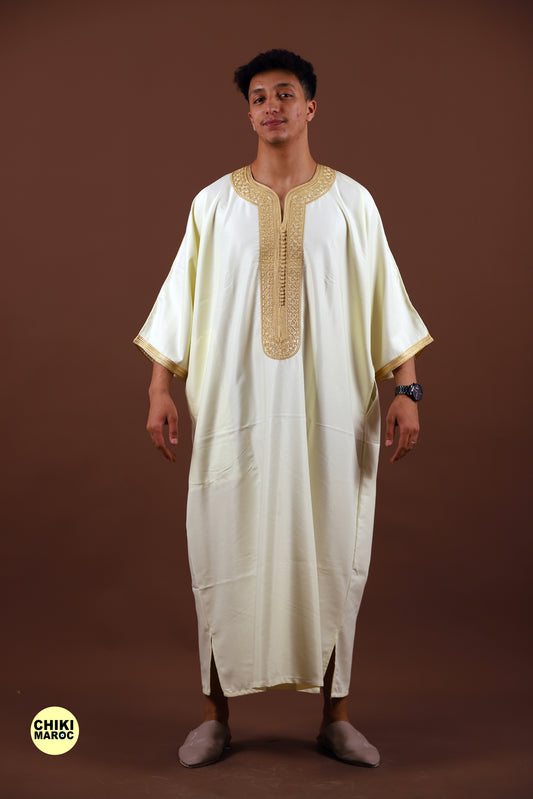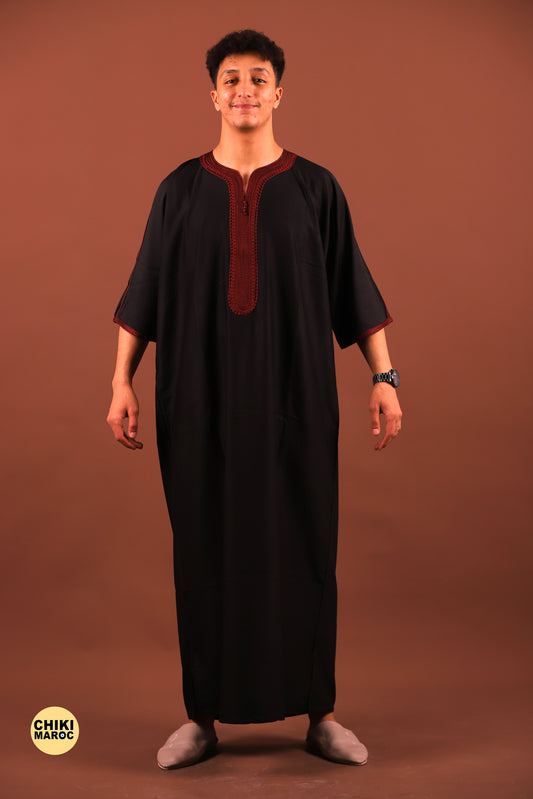Traditional Turkish dresses have evolved over centuries, blending historical richness with contemporary fashion sensibilities. This expert guide explores the journey of Turkish dresses from their ancient origins to their modern interpretations on international runways, showcasing their cultural significance and enduring appeal.
Introduction
Introduce the allure of Turkish dresses as symbols of Turkey's rich cultural heritage and their evolution into modern fashion statements.
Ancient Origins and Historical Development
-
Early Anatolian Garments: Explore the clothing styles of ancient Anatolia, highlighting early influences from Hittite, Phrygian, and other civilizations that shaped Turkish dress traditions.
-
Ottoman Era: Discuss the transformation of Turkish dress during the Ottoman Empire, known for its opulence, diversity, and influence on regional fashion across Europe and Asia.
Traditional Turkish Dress Styles
-
Kaftans and Robes: Detail the significance of kaftans and robes in Ottoman court fashion, characterized by luxurious fabrics, intricate embroidery, and symbolic motifs.
-
Headwear and Accessories: Explore traditional Turkish headwear like the fez and turbans, along with accessories such as belts, sashes, and jewelry that complemented traditional attire.
Modern Interpretations in Contemporary Fashion
-
Revival of Traditional Motifs: Discuss how modern Turkish designers reinterpret traditional motifs, patterns, and craftsmanship techniques in contemporary clothing lines and haute couture.
-
Influence on Global Fashion: Highlight the impact of Turkish dress styles on international runways, where designers incorporate elements of Turkish fashion into their collections, blending East-West aesthetics.
Regional Variations and Cultural Significance
-
Anatolian Diversity: Explore regional variations in Turkish dress across Anatolia, from coastal regions to inland areas, showcasing unique styles influenced by local customs and geography.
-
Symbolism and Rituals: Discuss the cultural symbolism of Turkish dresses in rituals, celebrations, and everyday life, reflecting societal values, status, and identity.
Famous Designers and Their Contributions
-
Contemporary Icons: Profile influential Turkish fashion designers who have gained international recognition for their contributions to preserving and modernizing Turkish dress traditions.
-
Fashion Innovations: Highlight innovative techniques and materials used by Turkish designers to update traditional dress styles, appealing to modern tastes while honoring cultural heritage.
Where to Experience and Purchase Traditional Turkish Dresses
- Boutiques and Markets: Provide recommendations on where to find authentic Turkish dresses, including boutique stores, local markets, online retailers, and designer showrooms in Turkey and abroad.
Sustainability and Artisanal Craftsmanship
- Preservation Efforts: Discuss initiatives aimed at preserving traditional craftsmanship and promoting sustainable practices in the production of Turkish dresses, supporting local artisans.
Conclusion
Summarize the enduring legacy of traditional Turkish dresses, celebrating their evolution from ancient times to contemporary fashion, and their role in bridging cultural heritage with modern global trends.




